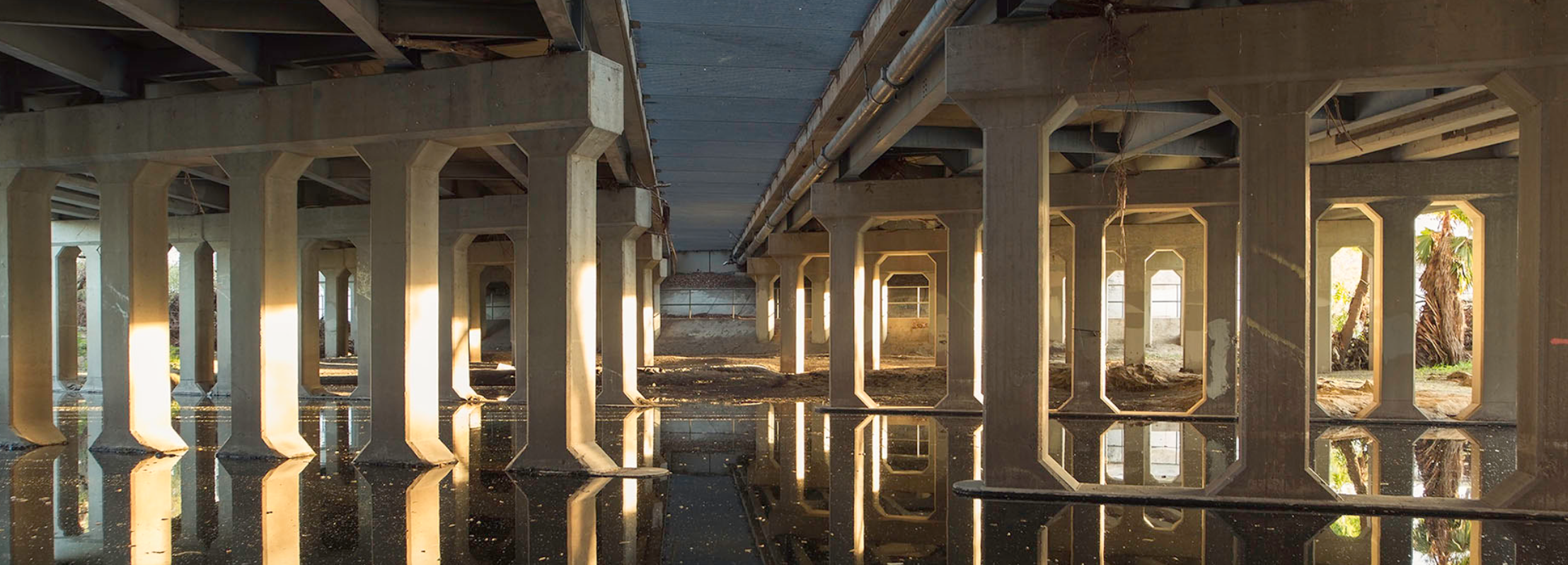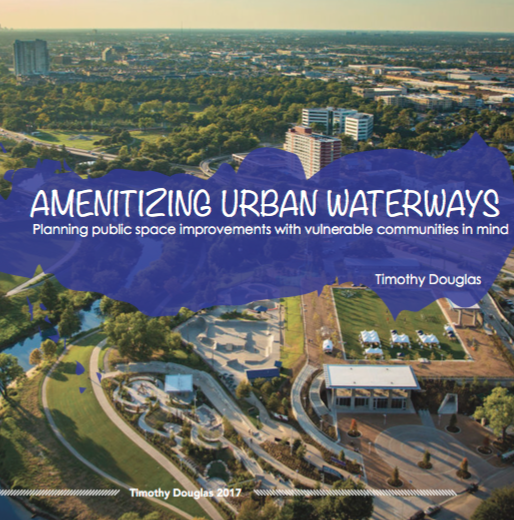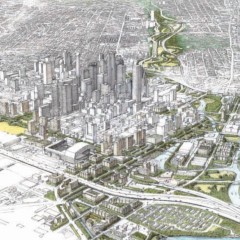Once vehicles for industrialization, urban waterways are being reconsidered by many cities. Places like Pittsburgh, Louisville and Los Angeles are reimagining how residents and visitors alike experience the waterfront by providing key recreational amenities, housing and improved transportation links. Right here in the Bayou City, the Buffalo Bayou Partnership (BPP) has been responsible for leveraging the funds and coordinating the development of several park spaces in Houston, including Buffalo Bayou Park and Allen’s Landing.
These changes aren’t just about beautification. A growing body of literature documents the myriad public benefits that access to parks and open spaces provide, from reduced levels of stress to increased property values, improved health and community cohesion. So-called “trail-oriented development” is catching on across the country, bringing with it mixed-use development anchored around a robust transportation network and supplemented by transit and road infrastructure. But as with the related transit-oriented development, it is becoming increasingly understood that such investments carry consequences.
Photo: High Line Network




